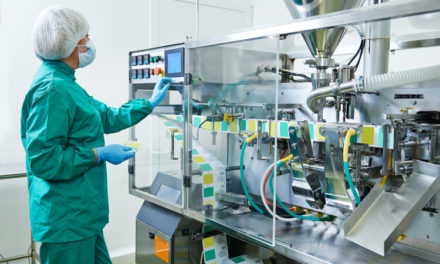A significant driver in the improvement in bioprocess plants profitability relates to the reduction in non-value added lead times.
Cost of goods is related to both real manufacturing work time together with all other activities connected with servicing this piece of the process.
By their very nature, these activities are not value added and therefore provide a negative component in the overall cost of goods equation.
In responding to market sales, manufacturers want to keep their raw material inventory in check to minimize overhead costs, but must have sufficient on-hand to be able to provide a timely response to market demand. This is the dilemma of all manufacturers that are starting to build market share and increase their ROI.
Companies that can balance this equation and maintain short raw material lead times and truncated production runs with a low non-value added component will have a distinct competitive edge that will propel them to a market leadership position.
Companies that can effectively manage their capacity to produce only what’s required when the market demand calls for that product enjoy the real numerical benefits of the “pull” manufacturing methodology over those who cling to batch methodology where product is “pushed” out into the warehouse and kept as inventory.
However, the real benefit is the flexibility this brings to plant operations as the plant becomes more responsive and can be changed over to make the next product without any significant loss in time.
Attractive as this prospect is however, it does not come overnight and requires the investment of resources.
For the most attractive ROI, a best results coordinated strategy is often developed with the aid of experienced pharmaceutical consultants who will take a holistic approach, employing all the tools of Lean systems in concert, for the very best outcome.





